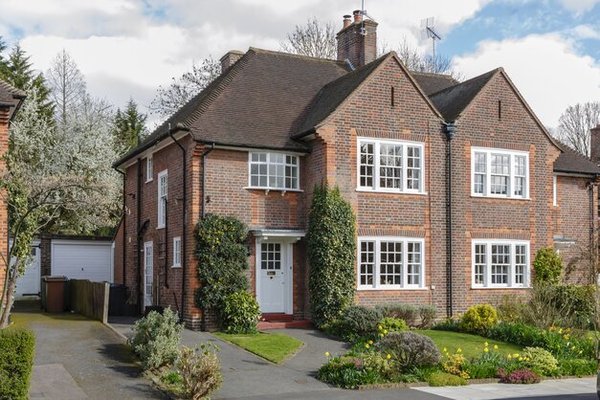
Getting a mortgage with a large deposit
Yes, generally, you can get lower mortgage rates with a larger deposit.
Why Larger Deposits Help To Access Lower Mortgage Rates:
-
Lower Loan-to-Value Ratio (LTV):
Mortgage lenders often offer better interest rates to borrowers with a lower LTV. For example:-
95% LTV (5% deposit) → higher risk for lender → higher rates
-
60% LTV (40% deposit) → lower risk → lower rates
-
-
Reduced Risk for Lenders:
A bigger deposit means the lender takes on less risk if house prices fall or if you default. Banks and building societies often like to issue mortgages to borrowers with various incomes and deposit sizes to spread their risk. -
Access to Better Deals:
Many of the most competitively priced mortgage products are reserved for people with at least 20–40% deposits. The price gap between rates for borrowers with 20% and 40% deposits has closed recently, and rates are much more competitively priced than they were.
Example of loan-to-value and current rates:
| Deposit Size | LTV | Approximate rate |
|---|---|---|
| 5% | 95% | Higher 4.8%+) |
| 10% | 90% | Around 4.6% |
| 25% | 75% | Around 4.1% |
| 40%+ | 60% |
Around 3.9% |
What is the loan-to-value or the LTV?
You’ll notice that many lenders will talk about your deposit regarding your loan-to-value, or LTV.
Your loan LTV is the size of the loan you want relative to the total value of the property, so a higher deposit means a lower LTV. For example, a deposit of £100,000 on a property worth £400,000 equates to an LTV of 75%.
Compare rates at different loan-to-values
At this stage, it’s worth taking time with your broker to compare interest rates based on your current deposit and the next threshold to get better interest rates.
For example, perhaps you currently have an LTV of 73%, but with a little more saving or work on maximising your deposit, you could bring it down to 70%. Lenders may offer a more competitive rate at this deposit level, making spending a little more time saving worthwhile.
If you can raise a slightly larger deposit or borrow some funds from the Bank of Mum and Dad, you may be able to access a more competitively priced rate. This could be worth doing, especially if you opt for a longer fixed-rate mortgage.
How much can you borrow with a single or joint income?
The figures in our tables via this link are for single or joint applicants with a clear credit history and a track record of employed or self-employed income.
The table below shows example calculations for the likely maximum mortgage borrowing based on single or joint salaries between £70,000 and £95,000 per year.
|
Salary* |
4.5 Times Income |
5 Times Income |
5.5 Times Income |
|
£70,000 |
£315,000 |
£350,000 |
£385,000 |
|
£75,000 |
£337,500 |
£375,000 |
£412,500 |
|
£80,000 |
£360,000 |
£400,000 |
£440,000 |
|
£85,000 |
£382,500 |
£425,000 |
£467,500 |
*Approximate figures for affordability guidance. Ongoing credit commitments will reduce the maximum loan sizes.
Call Trinity Financial on 020 7016 0790 to secure a mortgage, book a consultation, or complete our mortgage questionnaire.
The information contained within was correct at the time of publication but is subject to change.
Your mortgage is secured on your property. Your property may be repossessed if you do not keep up repayments on your mortgage













